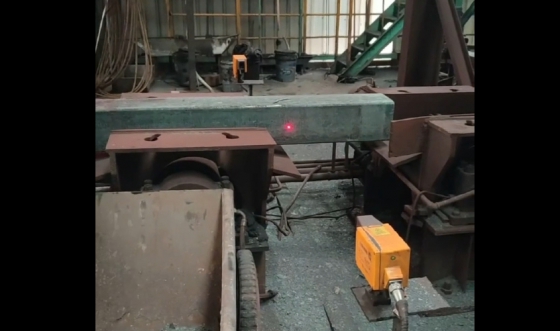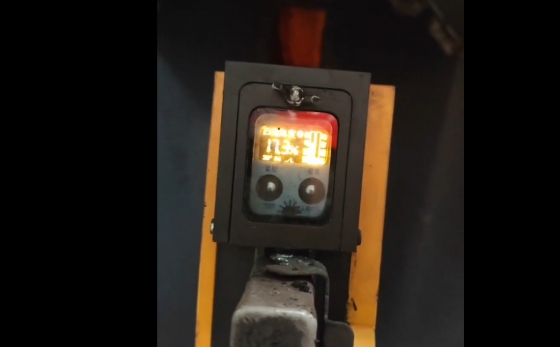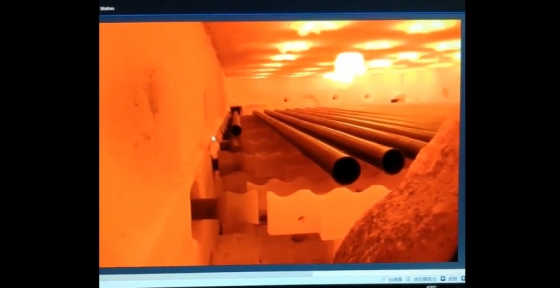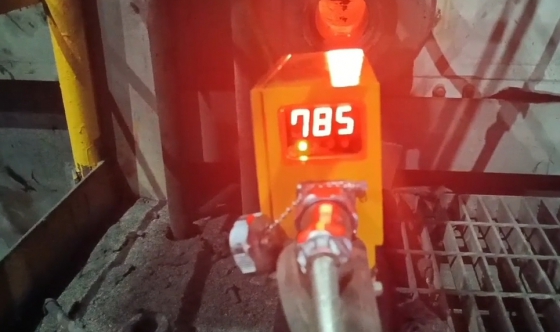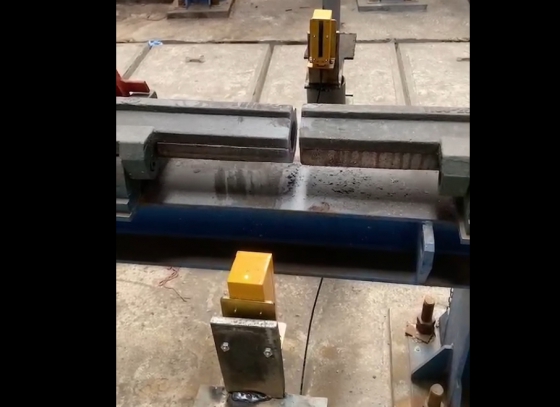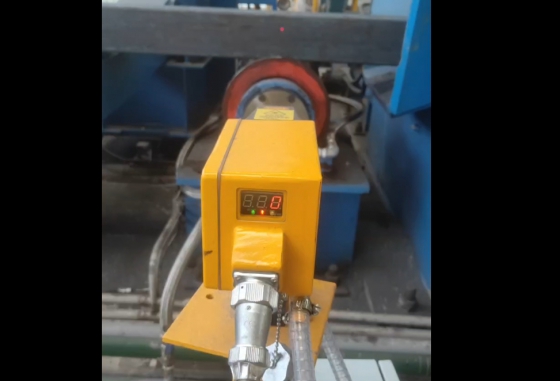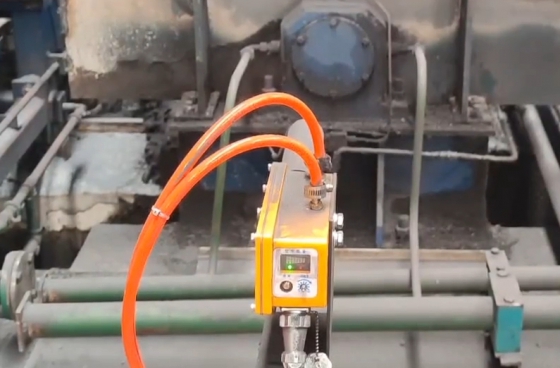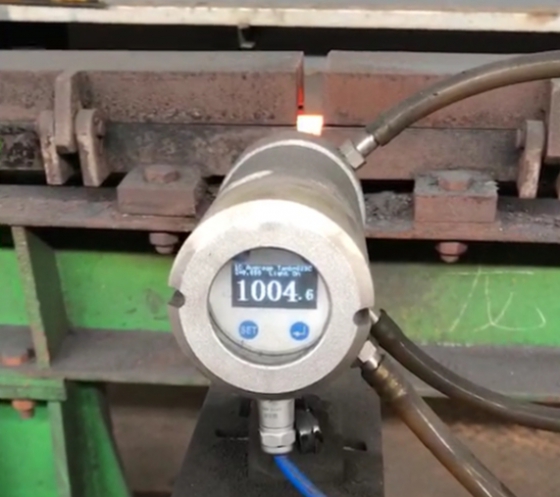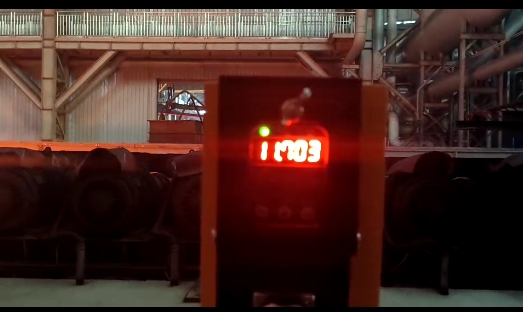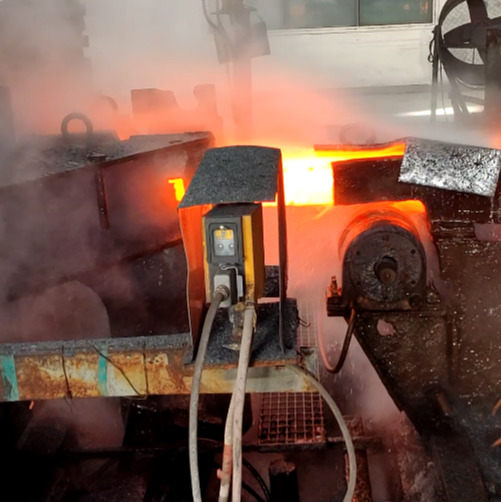Application of Overhead Crane Anti-Collision Monitoring Systems
Eu. Product Overview
The Overhead Crane Anti-Collision Monitoring System (Link) utilizes laser ranging technology to prevent collisions. Centered on a laser distance sensor, it measures and displays real-time distances, triggers audible/visual alarms and relay outputs based on user-defined thresholds, and integrates with control systems via analog/digital interfaces to support smart, unmanned operations.
II. Working Principle
The system operates on laser reflection-based ranging:
Laser Emission: A laser beam is projected toward obstacles.
Reflection Detection: The reflected beam is captured by the receiver.
Distance Calculation: Time-of-flight measurement determines the obstacle distance.
Safety Response: If the distance falls below the safety threshold, the system activates alarms and triggers emergency braking via relay signals.
III. Application Scenarios
In overhead crane operations, the system is used for:
Real-Time Monitoring:
Tracks distances between cranes and obstacles to prevent collisions.
Early Warning:
Triggers audible/visual alerts when distances approach unsafe levels, prompting operator action.
Emergency Braking:
Interfaces with crane braking systems to halt motion automatically, avoiding accidents.
Data Logging & Analysis:
Records distance measurements and alarm events for workflow optimization and safety audits.
IV. Key Advantages
The system excels in crane anti-collision applications due to:
High-Precision Ranging:
Laser technology ensures sub-centimeter accuracy for reliable obstacle detection.
Instant Response:
Real-time monitoring and rapid signal processing enable millisecond-level alerts.
Seamless Integration:
Standardized analog/digital outputs (e.g., 4–20 mA, RS485) simplify integration with PLCs or SCADA systems.
Robust Adaptability:
Resists interference from smoke, dust, vibrations, and extreme temperatures for stable performance in harsh environments.
V. Conclusion
The Overhead Crane Anti-Collision Monitoring System enhances operational safety and reliability through precision, automation, and environmental resilience. By minimizing collision risks and supporting intelligent workflows, it drives safer, more efficient industrial automation.
 Baisteels
Baisteels

